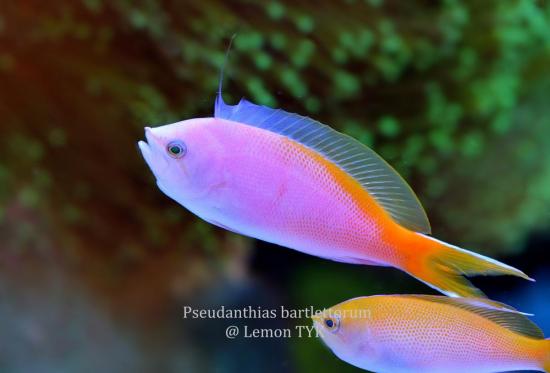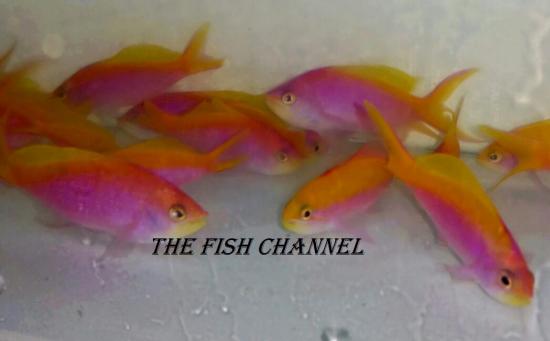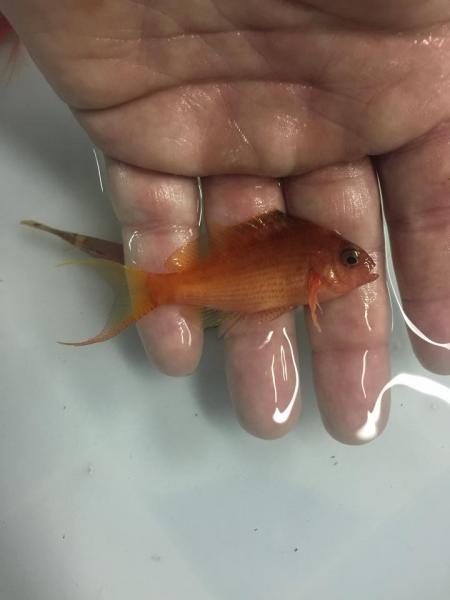Search the Community
Showing results for tags 'Anthias'.
-
Fisherman's catch of the week! Pseudanthias Barlettorum Barlett Anthias. Many reefers desire a group of schooling fish in their tanks. A group of active schooling fish instantly adds a splash of colour and lots of life into any reef tank. Many types of fish have auditioned for the role of best schooling reef fish, but none can take the crown of anthias in fulfilling this role. Brightly coloured, highly active and mostly swimming in schools, anthias are instant favourites in any reef tank. The huge downside to anthias, though, is that most of them require specialized and expert care. Anthias are planktivores and hard to train to eat most prepared foods. Being highly active, they expend loads of energy throughout the day and need to be fed multiple times a day to maintain their active lifestyles, or they would starve to death. Luckily for us, there are a few species of anthias that break the mould and are relatively easier to keep than their finicky cousins! Of these, one of the more popular species are the Bartlett's anthias from Hawaii. Bartlett anthias are one of the unusually hardy members of the anthias family. Commonly brought in along with other Hawaii favourites, they generally arrive in good condition and are able to be trained to eat pellets within days upon arrival. While not requiring as many feedings a day as their more delicate cousins, Bartlett anthias will still benefit from being fed more than once a day. Being easily pellet trained, this is not hard to do with the use of an autofeeder programmed to dispense small amounts of pellets several times a day. Being a schooling fish, Bartlett anthias obviously do better in a school and it is recommended to keep at least 3 to 6 individuals together in a tank. As with other anthias, Bartlett anthias are hermaphroditic, and the dominant fish in the school will over time turn male. It is best to start with a school of females and allow them to establish their own pecking order and have the dominant female turn male. Some aquarists who purchase a male with a harem of females have found that one or more of their females are able to dominate the chosen male and end up morphing anyway, and the resulting squabbles between multiple males ends up with one or more deaths within the group. Females are pink with a yellow stripe down their back, while males are more vibrantly coloured, with the pink deepening into a nice purple colour instead. All in all, the Bartlett anthias is a good addition to instantly add colour and life to any reef tank. One word of caution though, make sure that your tank has a cover, these fish like to jump! Pseudanthias Barlettorum acclimatizing in our LFS Male Above and Female below Author: Illumnae photograph: LemonTYK, The Fish Channel, Mathew Mayo
-
Hi all, I have two fishes of the anthias of the attached pic. I need to know exact ID for this anthias. Thanks, Sam





